A “carb refeed” is strategically increasing your carbohydrate intake on specific days or meals. Here’s how carb refeeds can help boost your metabolism!
The basic idea is this: your body adapts to your eating pattern over time. Because many (but not all) Paleo diets tend to be lower in carbs, your body gets used to this.
If you’ve tried a low to moderate carb Paleo diet—focusing on vegetables, animal products, and healthy fats—you’ve probably seen just how effective it can be in boosting your energy and melting off body fat.
Trying to figure out exactly what to eat on Paleo?
Look no further than our FREE 21 Day Paleo Meal Plan
It’s not uncommon to see dramatic weight loss over the first few weeks or months. But as you lean out and approach your target weight, weight loss can slow to a crawl or even stop completely.
Why?
Because restricting your calories (which often happens naturally when you’re following a low carb Paleo diet) decreases your leptin levels. Leptin is known as the “starvation” or “satiety” hormone, and it’s responsible for regulating your appetite and energy expenditure.
(Related: How to Carb-Cycle for Fat Loss)
When your leptin is low for a long time, your brain gets bombarded with hunger signals (1). You start craving calorically-dense but unhealthy foods like sugars and processed foods. It’s harder to stick to Paleo-friendly foods. And your energy levels might suffer.
A carb refeed breaks the cycle. The sudden increase in carbs results in a boost in leptin (2). These occasional leptin surges keep your metabolism from adapting too much to a continuous low carbohydrate intake.
By shocking your system like this, carb refeeds can benefit you physically and psychologically. You end up with more energy, weight loss, and fewer cravings for unhealthy foods.
Who Should (and Shouldn’t) Do Carb Refeeds?
The thought of “strategically increasing your carb intake” might sound like a headache waiting to happen…
Something to keep in mind: you don’t ever have to do carb refeeds. Just sticking to the fundamentals of a solid Paleo diet and lifestyle will get you healthy, lean and happy.
Carb refeeds can help take your weight loss to the next level… if that’s what you want.
If you’re looking for top aesthetic appeal—to get as lean and “ripped” as possible—carb refeeds can help you melt off that last layer of stubborn fat.
Another group who could benefit from carb refeeds: people who have been Paleo for a while and reached a weight loss plateau.
If you’ve been following a Paleo diet closely for several months, making the right food choices, and watching your carbohydrate intake, but you’re still not losing weight (or if you have low energy and cravings), now’s a great time to give carb refeeds a try.
If you have more than 10 pounds to lose to reach your target weight—or if you’re new to the Paleo diet—you’re better off not worrying about this stuff just yet.
Those who are overweight are usually resistant to insulin and leptin, two key hormones when it comes to weight loss and overall health. They’ll see better results by focusing on the basics: making the right food choices. Doing this will restore sensitivity to those hormones… as well as lead to weight loss and better health.
Then, once they have a solid diet and lifestyle in place for a few months and their weight loss has stalled, they can consider carb refeeds to lose those last few stubborn pounds.
How to Do a Carb Refeed
Okay. So you have a few pounds to lose, but your weight loss has stalled. Or you’re trying to get as lean as possible.
Carb refeeds can help you.
Just like with intermittent fasting, the concept is simple, but there are a ton of different methods you could use to do it.
I’ll get this out of the way right now: a carb refeed is not the same thing as a cheat day. It isn’t about stuffing your face with pizza or bread. And it isn’t about eating as many carbs as you want, either.
(Related: Is There Such a Thing As a Healthy Cheat Day?)
It’s just a certain day (or meal) where you have a lot more Paleo-friendly carbs than you normally do. Most Paleos use starches like sweet potatoes, potatoes, or even white rice to spike their carb intake. It’s tough to spike your carb intake by eating vegetables like broccoli or spinach alone; you’d have to eat a truckload of them!
Here’s how carb refeeds work:
Schedule Your Refeeds for Days with Heavy Physical Activity
You’ll get the most benefits from carb refeeds if you limit them to days when you’re physically active.
The more active you are that day, the better position your body is in to absorb the shock to your system and crank up your fat loss. So focus your carb refeeds on days when you do the most physically demanding activities.
Days where you go to the gym, do CrossFit, or train martial arts are all great options for a refeed day. The idea here is to deplete your glycogen levels… and then refill them after your workout.
Refeed Timing and Frequency
Most people will see great results by doing a carb refeed once a week.
Once a week is a small commitment, so it isn’t overwhelming if you’re just trying this for the first time. And it’s all it takes to give your system the shock it needs to keep the weight coming off—and you feeling happy, healthy, and full.
Another option: instead of setting aside a certain day for carb refeeds, you can do mini carb refeeds during certain meals instead.
That’s what I do. By the time a jiu jitsu sparring session ends, I can hardly drag myself off the mat. My muscles are sore, and the glycogen in my body is depleted. That means eating a carb-heavy meal shortly after I get home is the perfect opportunity to fuel my body, boost my leptin levels, and keep the weight coming off.
I do these little mini refeeds two or three times a week, and I only do them after intense training sessions. I want to avoid the carb spikes from occurring so frequently that they become the “norm” for my body!
Experiment with both methods and find out which one works best for you. It might make more sense to designate a day instead of certain meals. It just depends on your unique situation and lifestyle.
Limit Fats During Your Carb Refeeds
Because you’re increasing your carbs on refeed days, you have to watch out for increasing your total calories too much.
If you up your carbs during a refeed, but you don’t decrease your fat intake, you might end up eating so many calories that day (or meal) that your carb refeed does more harm than good.
That’s why carb refeed authorities like Martin Berkhan recommend limiting your fat intake during refeeds. This helps compensate for the increased carbs and avoids a massive calorie blowout.
It’s easy to think of it like this: during refeeds, go for more carbs and less fat. At all other times go for more fats and less carbs.
How Many Carbs?
How many carbs should you eat during a refeed?
Should you have an extra sweet potato? Or force three of them down your throat?
Here’s a guideline to follow: the more you restrict your carbs normally, the more carbs you need to eat during your refeeds.
So if you’re eating very few carbs—say 50 grams a day or less—go for 300 to 350 carbs during your refeeds.
If you’re eating low carb (between 50 and 100 grams a day), you don’t need the carb spike to be quite so dramatic to see good results. Shoot for 250 grams during a refeed.
If your typical carb intake is moderate (in the 100-150 grams range), you don’t need to eat many more carbs to refeed. Bump up your carbs a bit—maybe to 200 grams.
Just a heads-up: you’ll probably gain a couple of pounds during refeeds. You might feel bloated. This is completely normal; it’s just because your glycogen stores have been replenished. The weight and bloated feeling will go away quickly, putting you in prime position to burn off more body fat.
Bust Plateaus and Take Your Weight Loss to the Next Level
Carb refeeds can take your weight loss to the next level…
But only if you’re already close to your target weight.
If you’ve been Paleo for a while, but you’re stuck on a plateau where you can’t lose those last few pounds, give carb refeeds a shot.
They’re a powerful tool that can give your system the shake-up it needs to beat food cravings, as well as keep you energized and burning fat.
Have you ever tried carb refeeds? How did you do them, and what were your results? Leave a comment below and let us know.
(Related: How to Optimize Your Mealtimes) [author_bio name=”yes” avatar=”yes”]


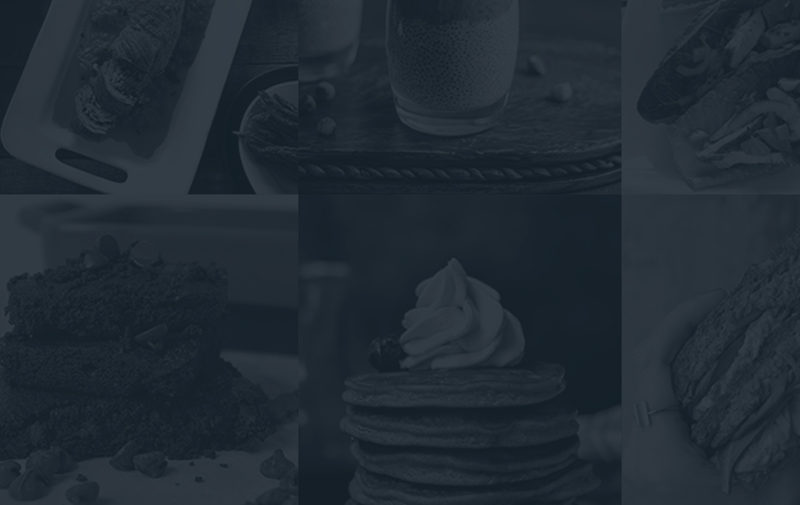
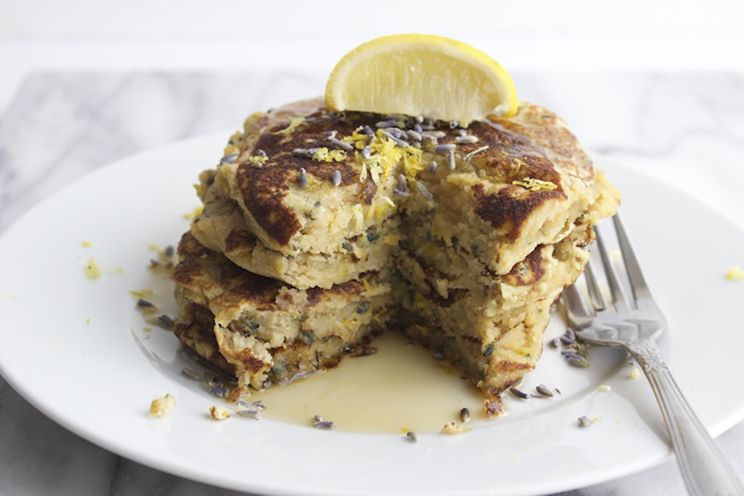 Lemon Lavender Pancakes
Lemon Lavender Pancakes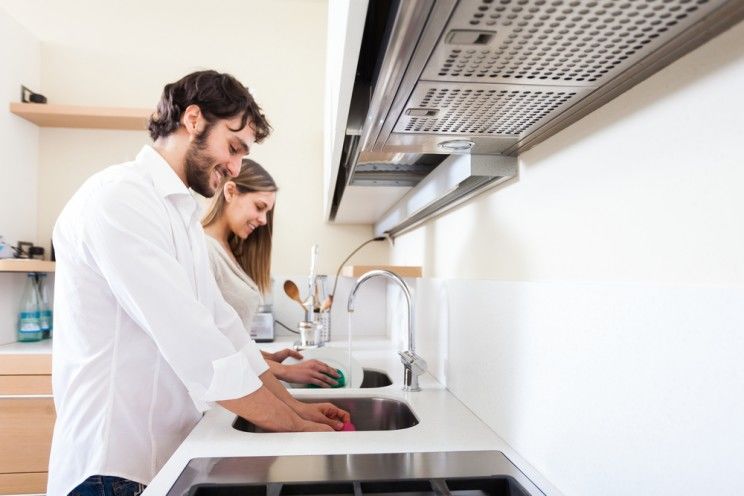


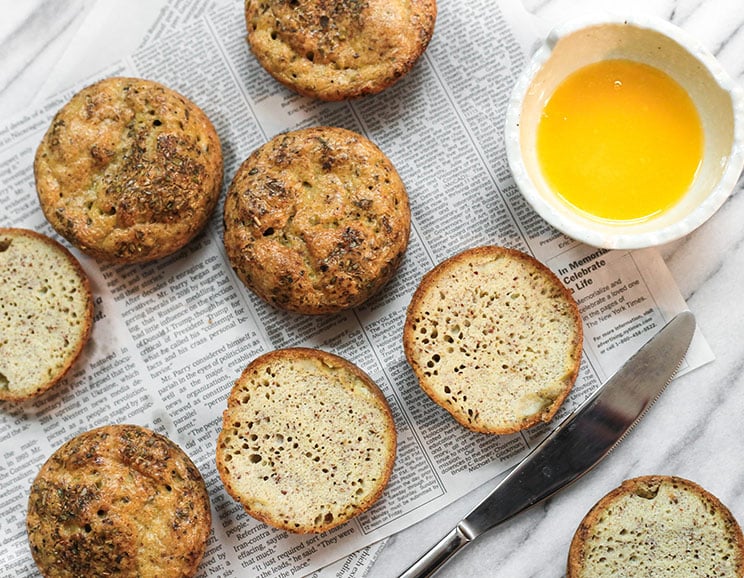
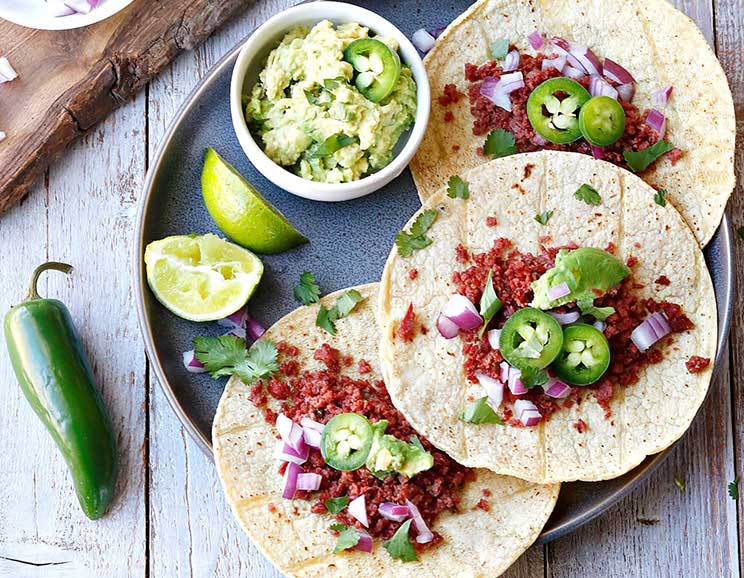
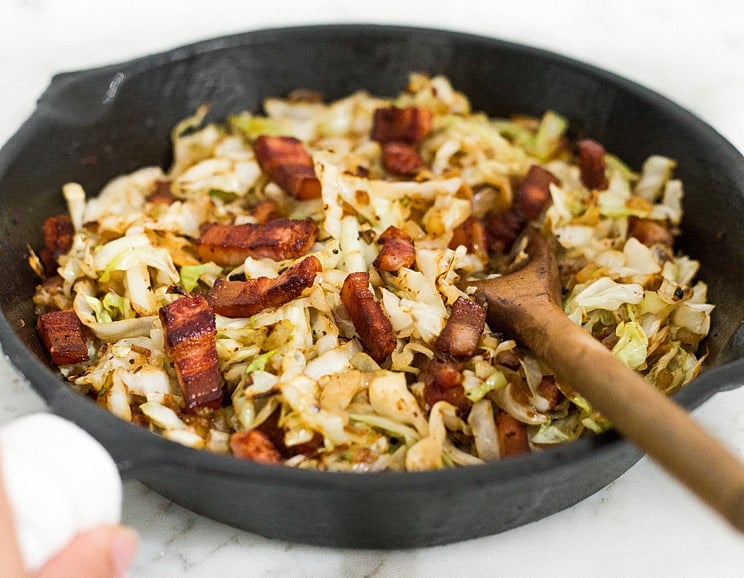
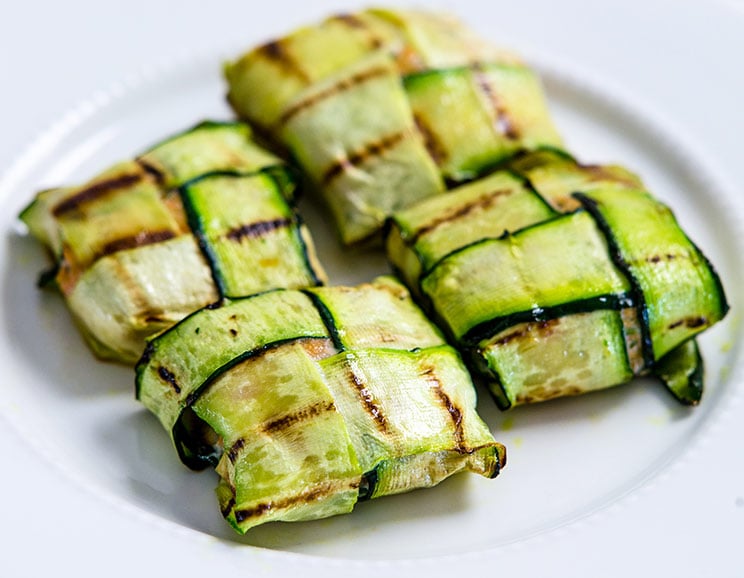
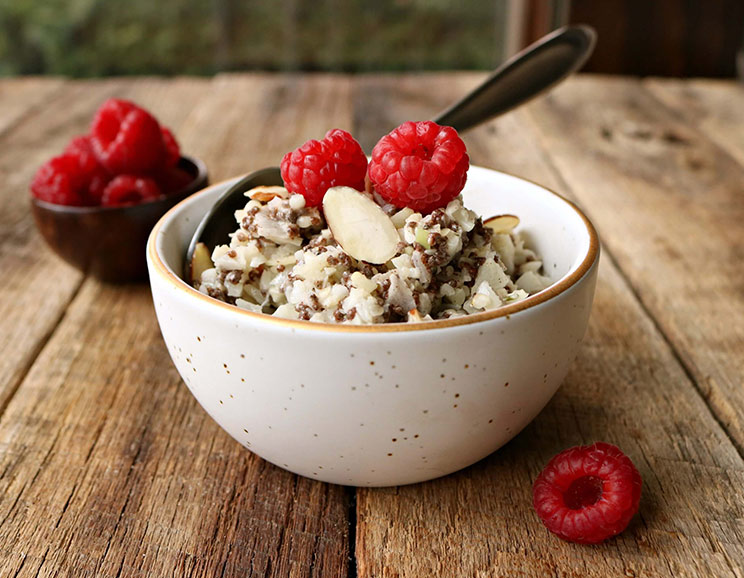
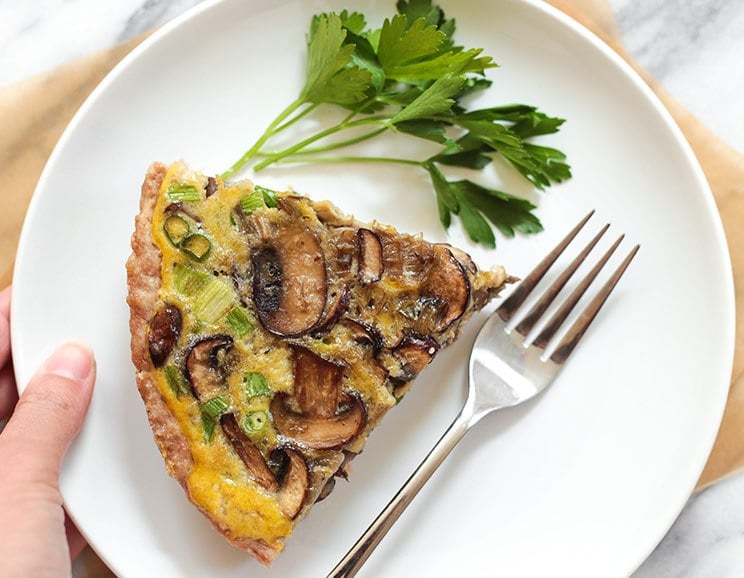
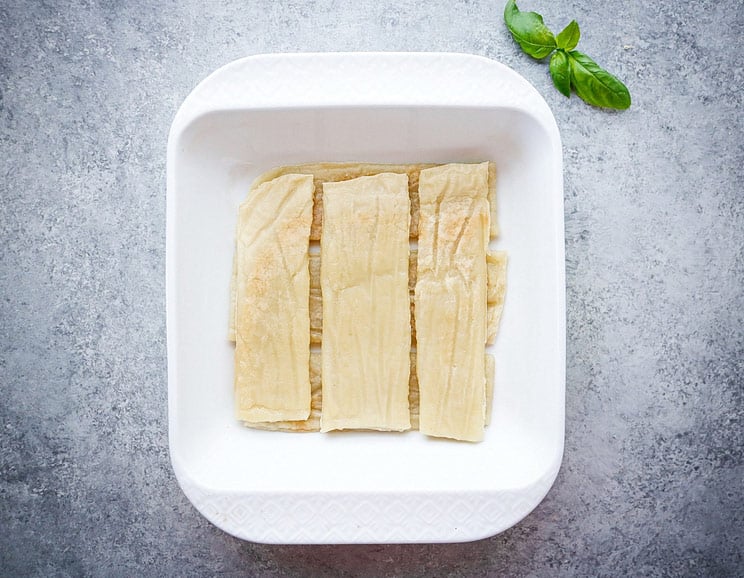
Show Comments